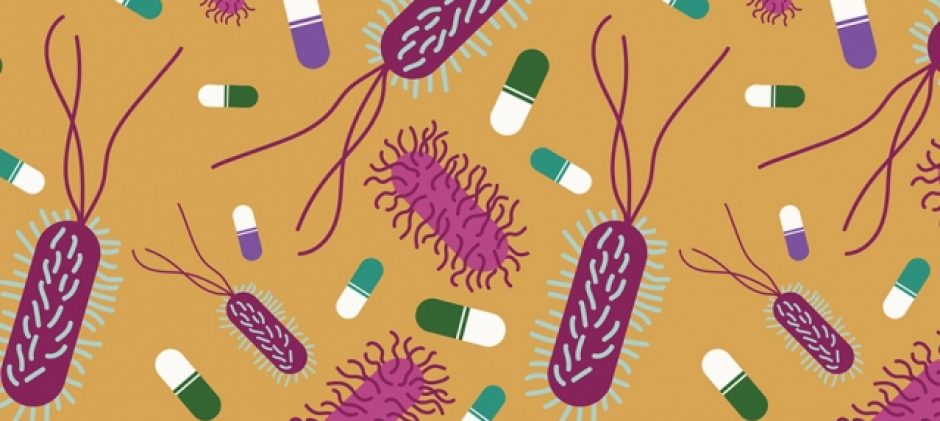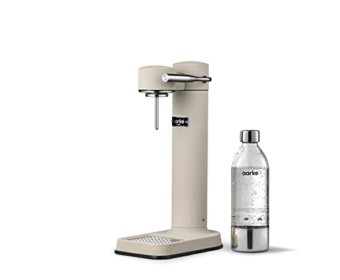- Homepage
- Technology
- Boosting the Antibiotic Arsenal
Boosting the Antibiotic Arsenal

There is good news in the field of medicine. Earlier, antibiotic that were used to treat bacterial infections such as Pseudomonas aeruginosa, which was present in the lungs of patients suffering from cystic fibrosis were not effective. This was noticed specifically in severe cases, where there was high density of bacteria, the antibiotic failed against such infections.
The researchers from MIT, have found a way to make the bacteria susceptible to a certain class of antibiotic called quinolones, which include ciprofloxacin. These are useful in treating infections like Escherichia coli and Staphylococcus aureus.
Taking into consideration, that there was not much happening in the field of developing antibiotics, this is a shot in the arm for difficult-to-treat infections. This is a boost in the efforts of the researchers to enhance the effectiveness of the existing antibiotics.
Key Factor Of The Antibiotic
In cases where there was high content of bacteria, the drugs were found to be ineffective. The bacteria become tolerant towards the drug and hence do not get affected by the drug’s action. To overcome this, the researchers found a way to make the bacteria susceptible to a class of antibiotic known as quinolones.
In an earlier research conducted in 2011, the team discovered that they could increase the effectiveness of the antibiotic called aminoglycosides by giving a kind of sugar along with the drug. The sugar was used to enhance the metabolism of the bacteria and eventually cause cell death due to the DNA damage effected by the antibiotic. Since the aminoglycosides have serious side effects, these antibiotics were not used.
There was further research carried out to see if they could use the same approach by using a class of antibiotics known as quinolones. The use of quinolones is much wider than aminoglycosides due to the severe side effects of the latter. In the case of quinolones, in addition to the sugar molecule, they also had to add a type of molecule known as a terminal electron acceptor.
During cellular respiration, the electron acceptors play a vital role, whereby the bacteria gets its energy from the sugar and eventually cause death due to DNA damage. The electron acceptor present in the cells is oxygen, but an acidic organic compound like fumarate can be used.
Tests were conducted in the lab, where high-density bacterial colonies were grown. When the antibiotic known as quinolone was administered along with glucose and fumarate, several types of bacteria including Staphylococcus aureus, Pseudomonas aeruginosa and Mycobacterium smegmatis were eliminated.
Thus it was concluded that by only adding glucose or only oxygen or another terminal acceptor to the quinolone, the bacteria were not eliminated. The combination of the sugar and the terminal electron acceptor along with quinolone was necessary to eradicate the tolerant bacteria causing the infection.
Further Research
The researchers are considering, conducting this approach in animals and looking for ways how to come up with a drug combination that will be effective in treating various chronic infections.
For Staphylococcus aureus infections, a topical treatment will be effective, but in the case of Pseudomonas aeruginosa infections, the antibiotic can be administered in inhaler form, making it more effective in treatment of lung infection.
They are also working on testing the same with other antibiotic including the penicillin and ampicillin class.



